Read this in — English, Svenska
This tour is not available in Deutsch
79 kr

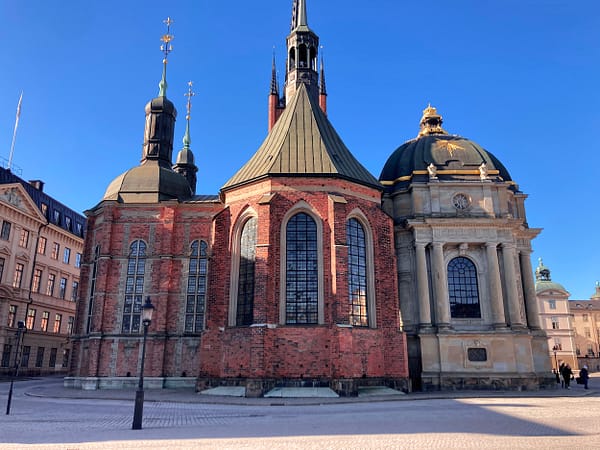
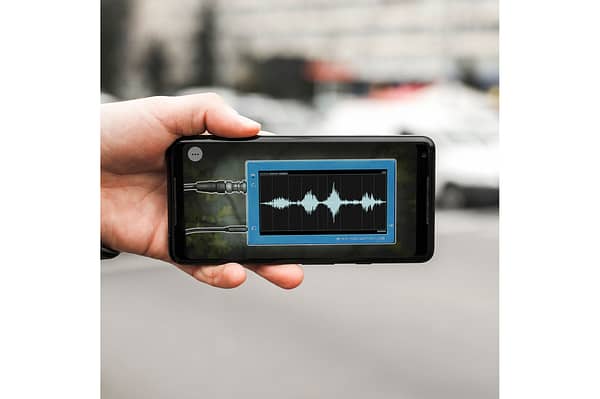
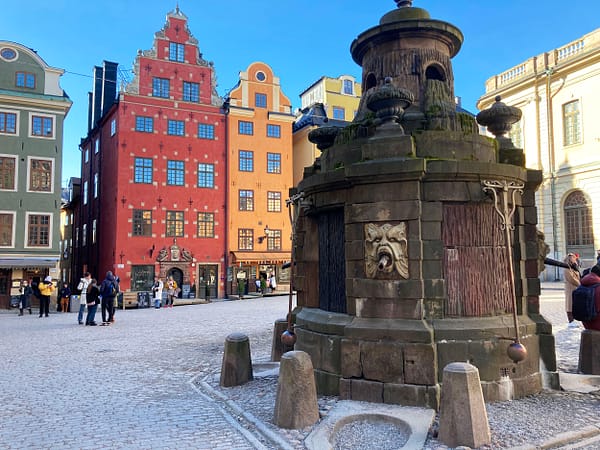
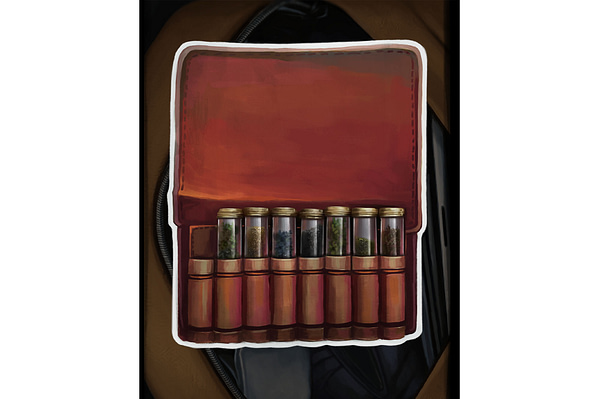
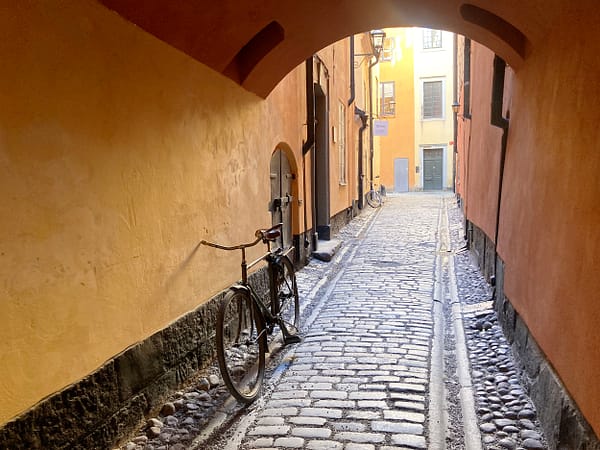
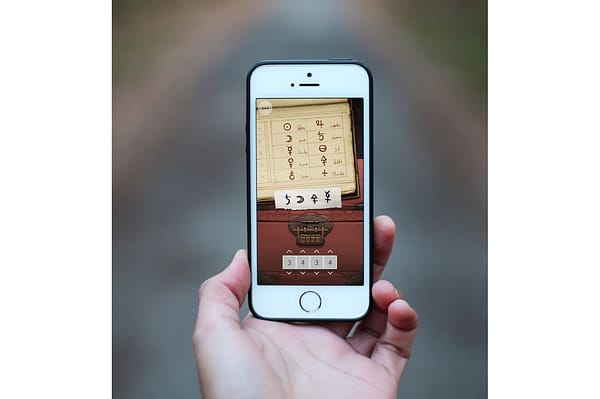
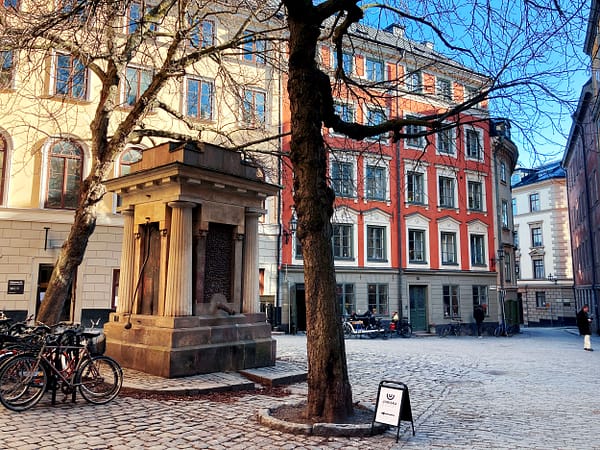








You are standing outside the Royal Palace and the entrance of Museum Tre Kronor. Tre Kronor (Three Crowns) was the original palace in this location, but it burned down in 1697.
Solgränd is a residential alley in Stockholm’s Old town area, The alley is named after a tavern once located here. Just up the street is Stortorget square; the main hub of Old town.
There has been a school in this building since the 1800’s. The building itself stems from the mid-1600’s, when it was built as a home to royal painter David Klöcker Ehrenstrahl.
Trädgårdsgatan (Garden street) was established in the 1400’s, running through an area where the Royal kitchen garden and other gardens were located at the time.
Telegrafgränd (telegraph alley) is part of the Aeolus block, an area established when the eastern city wall was torn down in the mid-1600’s. Aeolus is a name with roots in Greek mythology.
Mårten Trotzig’s alley is the narrowest alley in Stockholm, it only measures 90 cm across. It was named after a German merchant who established himself in Old town in the 1580’s.
The Petersenska house was built in the 1650’s, and has been owned by Queen Kristina, King Adolf Fredrik, and more recently, the Petersens. It has housed private clubs and a restaurant.
Gustav Vasa became King of Sweden in 1523, after a successful rebellion against the Danish union King Kristian II. This statue of Gustav Vasa was erected in 1774.
The Riddarholmen church is the oldest preserved building in Stockholm, built in the late 1200’s. Many of Sweden’s former monarchs are buried inside the church.
There used to be a cemetery adjacent to the church in the square you just walked across. After a fire in the early 1800’s, the cemetery was dismantled and eventually paved over.
You are standing by a statue of songwriter Evert Taube. From here you have a great view of the Stockholm city hall across the water, it’s the red building with a tower and golden spire.